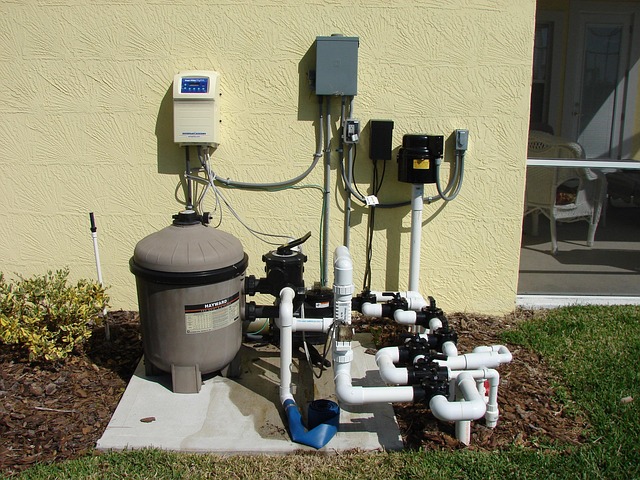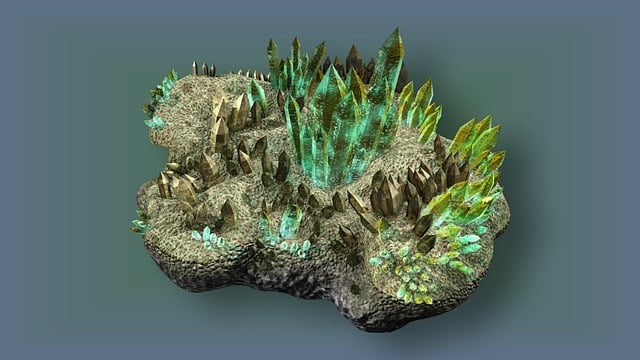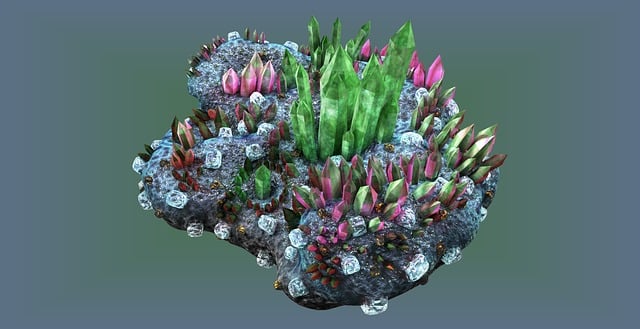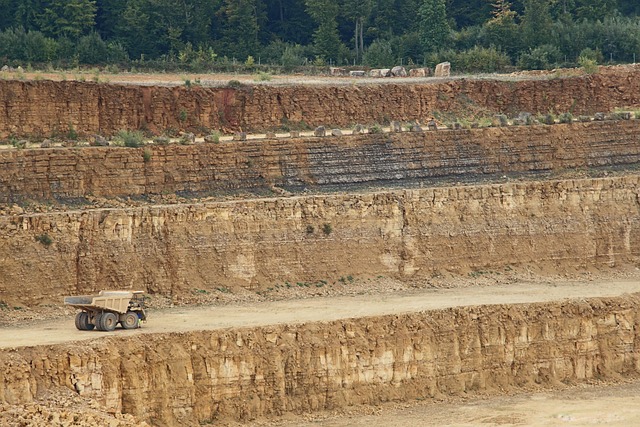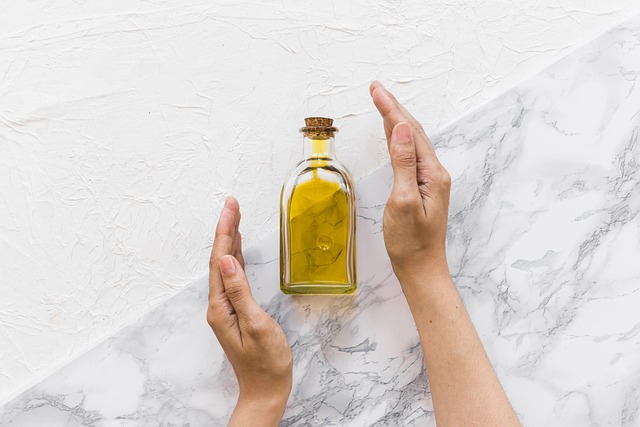Regular pipe inspections and strategic cleaning product usage are crucial for maintaining efficient plumbing systems. Buildup from substances like grease, soap scum, mineral deposits, and debris can cause blockages, reduced water pressure, leaks, and flooding. Early detection through inspections and appropriate cleaning agents prevent costly repairs and system failures, ensuring pipe longevity and optimal conditions for homeowners and professionals. Key strategies include promoting proper waste disposal, selecting tailored cleaning products based on pipeline contaminants and material types, implementing regular inspection schedules, and utilizing specialized equipment for detailed assessments and targeted cleaning.
Regular pipe inspections are essential for preventing buildup, ensuring optimal plumbing system performance. This article delves into the critical aspects of maintaining clean pipelines, starting with understanding the impact of buildup and its sources. We explore the benefits of routine inspections and provide guidance on choosing effective cleaning products. Learn about implementing a comprehensive strategy that includes best practices for ongoing maintenance to keep your pipes flowing smoothly.
- Understanding the Impact of Pipe Buildup
- The Role of Regular Inspections
- Identifying Common Sources of Pipeline Contaminants
- Choosing Effective Cleaning Products
- Implementing a Comprehensive Inspection and Cleaning Strategy
- Benefits and Best Practices for Ongoing Maintenance
Understanding the Impact of Pipe Buildup
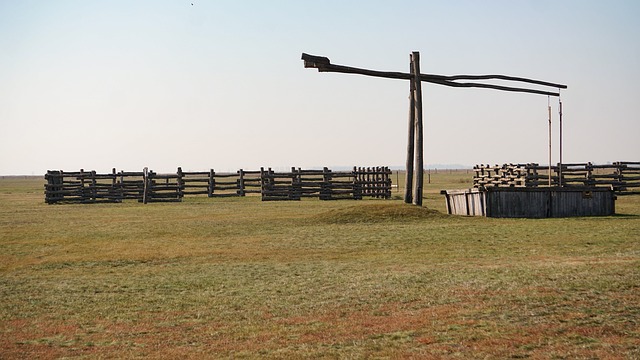
Buildup in pipes can lead to significant issues, impacting the overall efficiency and performance of plumbing systems. Over time, various substances—from grease and soap scum to mineral deposits and debris—accumulate within pipes, creating blockages that hinder water flow. This not only results in reduced water pressure but also increases the risk of leaks and potential flooding. Regular pipe inspections are essential to identify these buildup issues early on.
The presence of buildup can worsen with time, leading to costly repairs or even system failures. Cleaning products designed for plumbing purposes play a crucial role in mitigating this problem. By incorporating routine inspections and utilizing appropriate cleaning agents, homeowners and professionals alike can prevent severe damage, ensuring the longevity of pipes and maintaining optimal plumbing conditions.
The Role of Regular Inspections
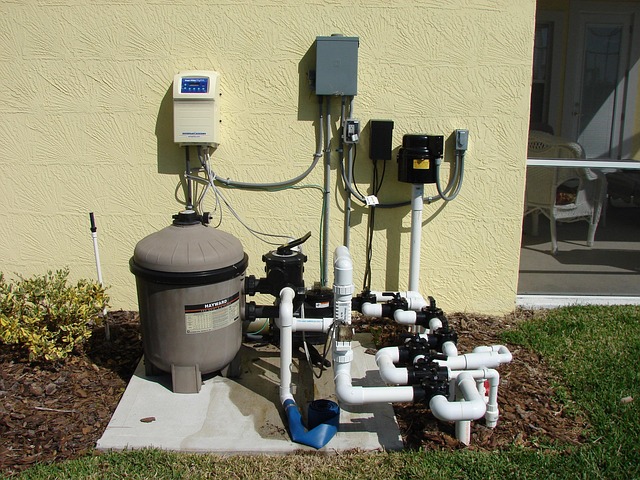
Regular pipe inspections are an essential part of maintaining a healthy plumbing system, especially when it comes to preventing buildup and ensuring optimal performance. By scheduling routine checks, homeowners and building managers can identify potential issues early on, long before they turn into costly and time-consuming problems. These inspections serve as a proactive measure, allowing for the early detection of mineral deposits, grease, or other debris that might accumulate within pipes.
During these inspections, professionals utilize specialized equipment to examine pipe interiors, identifying any signs of corrosion or buildup. This process enables them to recommend appropriate cleaning products and methods tailored to the specific needs of the plumbing system. Proactive cleaning and maintenance not only extend the lifespan of pipes but also prevent clogs, leaks, and other disruptions that can cause significant inconveniences and financial burdens.
Identifying Common Sources of Pipeline Contaminants

Pipeline contaminants can stem from a variety of sources, many of which are common household items or industrial materials. One of the primary culprits is the use of cleaning products. These chemicals, while effective at removing dirt and debris in our homes and workplaces, can degrade over time when left in contact with metal pipelines. This degradation process leads to the buildup of residues that can clog pipes and reduce their efficiency.
Another significant source is the introduction of grease and oil from culinary or automotive sources. These substances are often washed down drains, finding their way into sewer systems and eventually pipelines. Organic materials like food waste and personal hygiene products also contribute to pipeline contamination. Proper waste disposal practices and educating users about what should and shouldn’t be flushed or poured down drains can significantly reduce these common contaminants.
Choosing Effective Cleaning Products

When selecting cleaning products for pipe inspections and buildup prevention, it’s crucial to choose effective solutions tailored to your specific needs. Not all cleaning products are created equal; some are designed to tackle tough, stubborn buildup while others offer quick, temporary fixes. Look for products that contain active ingredients known for their powerful yet safe cleaning properties, such as enzymatic cleaners or acid-based solutions. Always consider the type of pipe material and the kind of buildup you’re facing—mineral deposits, grease, or organic matter—and choose a product formulated to address those issues specifically.
Additionally, ensure that the selected cleaning products are environmentally friendly and compliant with safety standards. Many modern formulations are designed to be biodegradable and non-toxic, reducing their impact on the environment while still delivering effective cleaning performance. Read labels carefully and follow manufacturer instructions for safe and responsible use, ensuring that your pipe inspection process is both thorough and sustainable.
Implementing a Comprehensive Inspection and Cleaning Strategy
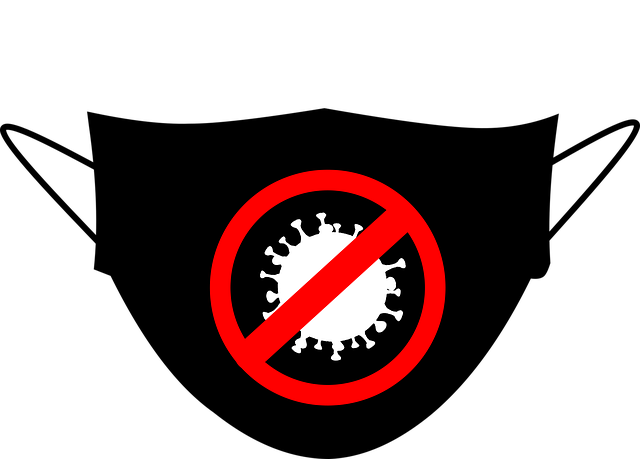
Implementing a comprehensive inspection and cleaning strategy is paramount in preventing pipe buildup. Regular, thorough assessments should be conducted to identify any signs of accumulation, such as scale, sediment, or organic matter. During these inspections, specialized equipment like cameras and pressure washers can help detect hard-to-reach areas prone to buildup and ensure no anomalies go unnoticed.
A well-rounded strategy includes employing effective cleaning products tailored to the specific pipe material and type of buildup. Biocides, for instance, can address organic buildup while chemical cleaners target mineral deposits. Additionally, scheduling routine maintenance windows allows for deeper cleaning without disrupting daily operations. This proactive approach not only prevents clogs and flow restrictions but also extends the lifespan of pipes by minimizing damage caused by persistent buildup.
Benefits and Best Practices for Ongoing Maintenance
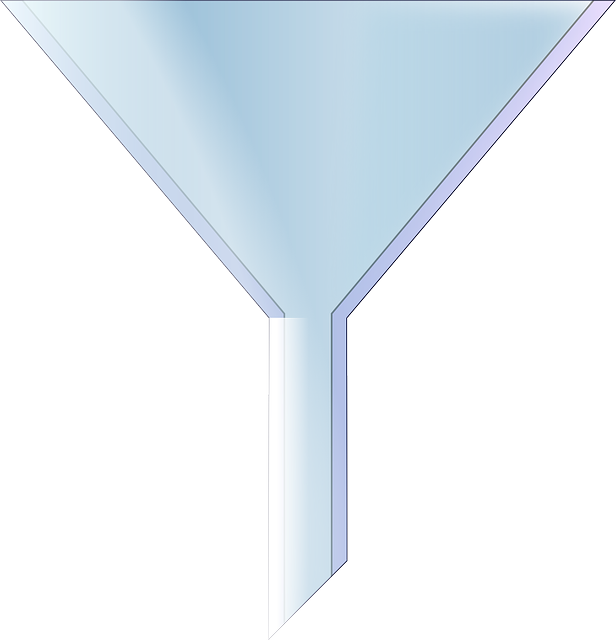
Regular pipe inspections, coupled with ongoing maintenance practices, offer a multitude of benefits for prevention of buildup in your plumbing system. Firstly, it helps identify potential issues early on, averting costly repairs or replacements later. By scheduling routine check-ups, you can prevent clogs and obstructions caused by accumulated debris, grease, or mineral deposits. These inspections allow for the systematic application of suitable cleaning products, tailored to address specific buildup types, ensuring pipes remain unclogged and efficient.
Best practices for ongoing maintenance include setting a consistent inspection schedule, typically every 3-6 months depending on your facility’s usage. During these checks, professionals should scrutinize pipes for signs of corrosion, leaks, or unusual buildup. Implementing preventive measures such as using water softeners, regular pipe cleaning with specialized equipment, and proper disposal of grease and oil can significantly enhance the effectiveness of maintenance efforts. Additionally, training staff on recognizing potential issues and practicing good hygiene habits contributes to the overall success of these practices.
